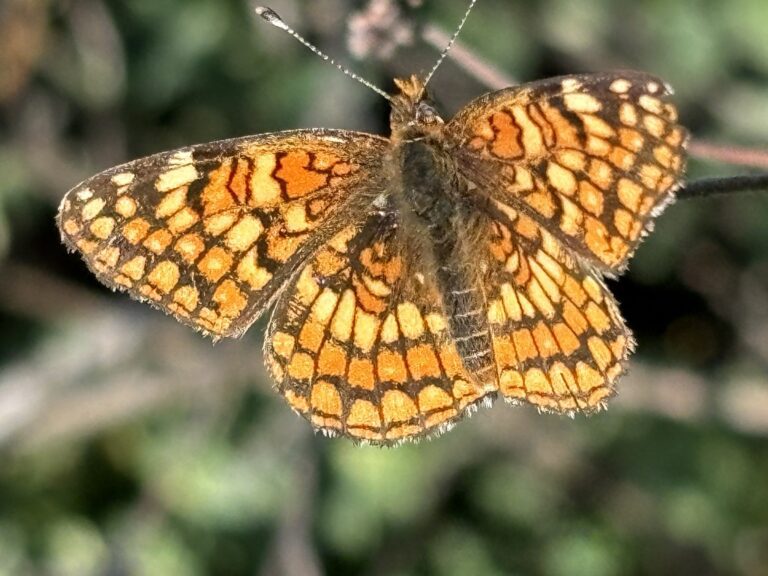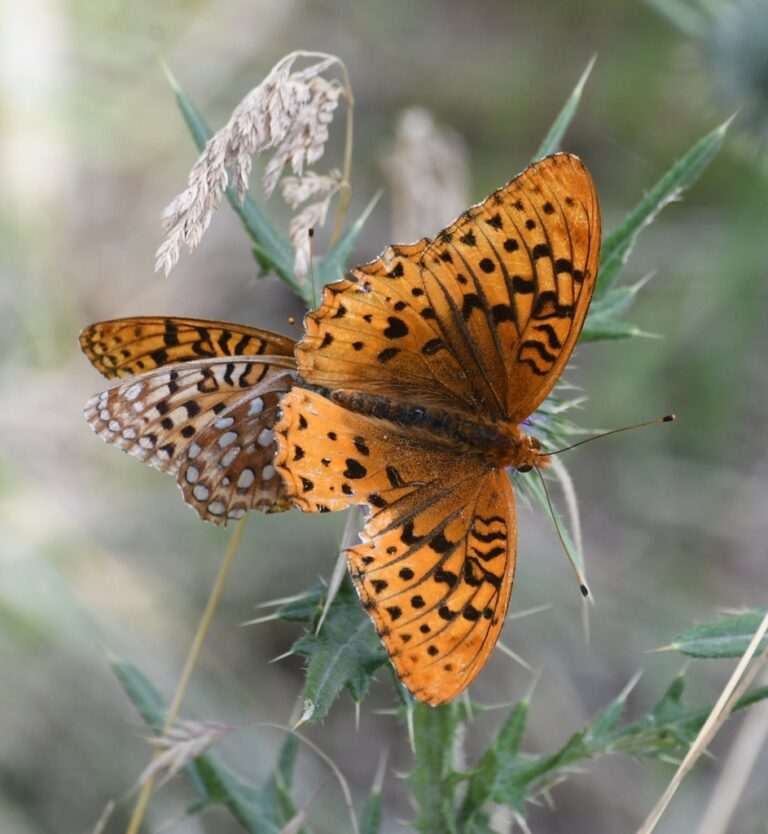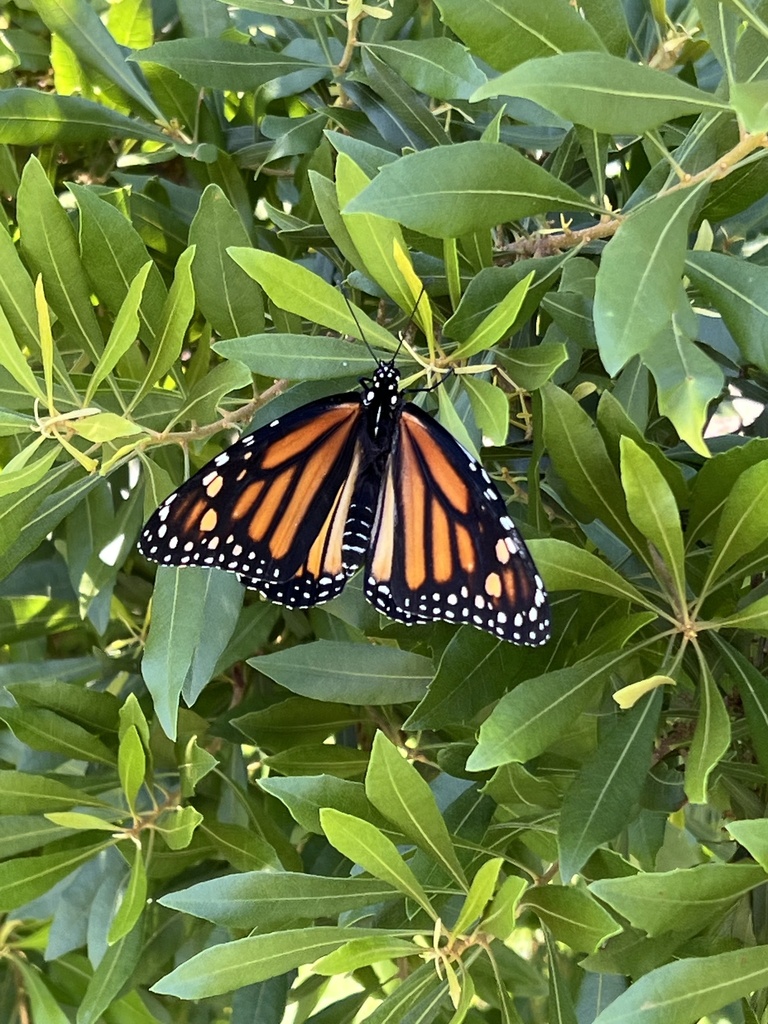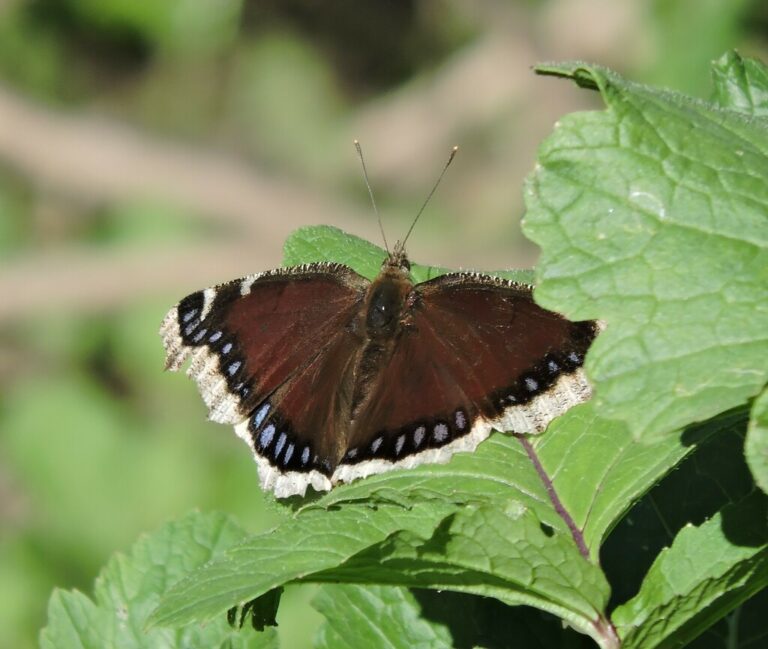Nymphalidae
The Nymphalidae, commonly known as the brush-footed butterflies, are one of the largest and most diverse families of butterflies, with over 6,000 species distributed worldwide. They are distinguished by their reduced forelegs, which are often hairy and brush-like, hence the name “brush-footed.” This adaptation renders their forelegs functionally useless for walking, and they typically use only their middle and hind legs for locomotion.
The family includes a wide range of well-known and visually striking butterflies, such as the monarchs (Danaus), admirals (Limenitis), and fritillaries (Argynnis).
Nymphalidae butterflies exhibit remarkable diversity in size, color, and wing patterns, from bright and vivid hues to cryptic and camouflaged. They inhabit a wide range of ecosystems, from tropical rainforests to temperate meadows. Members of this family often engage in complex behaviors such as migratory movements, mimicry, and intricate courtship displays.
Fun Facts
The Mourning Cloak is one of the few butterflies that can overwinter as adults. They have their very own version of antifreeze!
The Viceroy looks strikingly similar to the Monarch, which is distasteful to predators.




